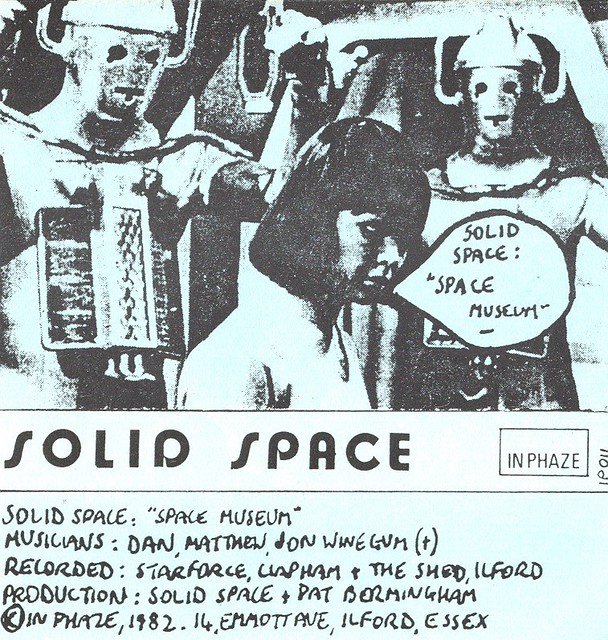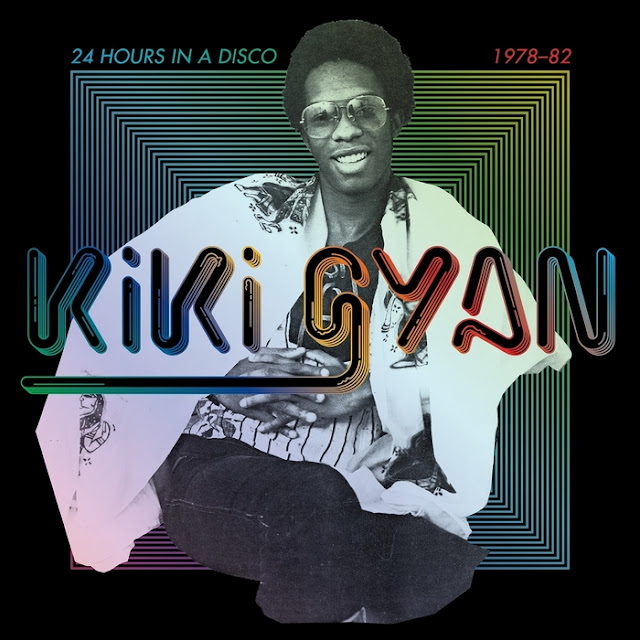
“I spent a lot of time in the country, listening to birds, lying next to a spring and listening to water go across the rocks. And suddenly one day I realized, what perfect music. Like with sunrise and sunset, how things would build up into midday. There were times when it would be intense and times when it would be very soft, and at sunset it would get quiet and then the crickets would come in. I took this sense of rhythm…”
In the spirit of David’s work, I wanted to share a record that, though not a canonical Loft favorite, embodies the ecstatic, high energy disco for which the Loft is known. I wish very much that I could share Feeling So Good, the original LP that produced one of Gyan’s more famous singles, “Disco Dancer,” but it’s all but nonexistent (jen@listentothis.info if you have a decent rip you’d like to trade!). Several tracks from Feeling So Good appear on this compilation, though everything I’ve heard from the record is excellent. I’m realizing as I write this that it’s a bit odd to make two very remarkable, very different people share one post, so I hope this comes off alright.
Thank you Kiki, thank you David—here’s to hoping that love saves the day.
Satoshi Ashikawa – Still Way, 1982
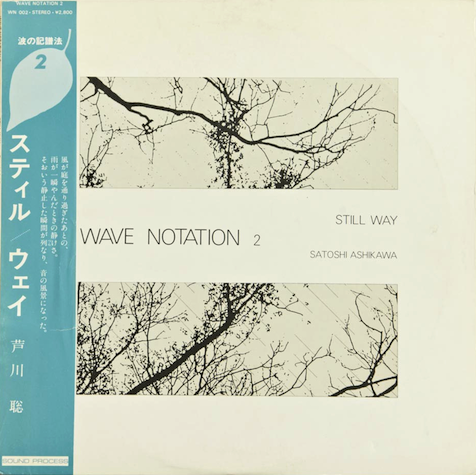
“Sound design” doesn’t just mean simply decorating with sounds. The creation of non-sound, in other words silence, as in a design, if possible, would be wonderful. There’s no question that our age — in which we are inundated with sound – is historically unprecedented. The Canadian sound environmentalist and researcher Murray Schafer warns of this state of affairs in the following: “The ear, unlike some other sense organs, is exposed and vulnerable. The eye can be closed at will; the ear is always open. The eye can be focused and pointed at will; the ear picks up all sound right back to the acoustic horizon in all directions. Its only protection is an elaborate psychological system of filtering out undesirable sounds in order to concentrate on what is desirable. The eye points outward; the ear draws inward. It would seem reasonable to suppose that as sound sources in the acoustic environment multiply – and they are certainty multiplying today —the ear will become blunted to them and will fail to exercise its individualistic right to demand that insouciant and distracting sounds should be stopped in order that it may concentrate totally on those which truly matter.”We should have a more conscious attitude toward the sounds – other than music —that we listen to. Presently, the levels of sound and music in the environment have clearly exceeded man’s capacity to assimilate them, and the audio ecosystem is beginning to fall apart. Background music, which is supposed to create “atmosphere,” is far too excessive. In our present condition, we find that within certain areas and spaces, aspects of visual design are well attended to, but sound design is completely ignored. It is necessary to treat sound and music with the same level of daily need as we treat architecture, interior design, food, or the air we breathe. In any case, the Wave Notation series has begun. I hope it will be used and judged for what I had in mind as “sound design,” but of course the listener is free to use it in any way. However, I would hope this music does not become a partner in crime to the flood of sounds and music which inundate us at present.
Li Garattoni – Find Out What I’m Dreaming, 1982
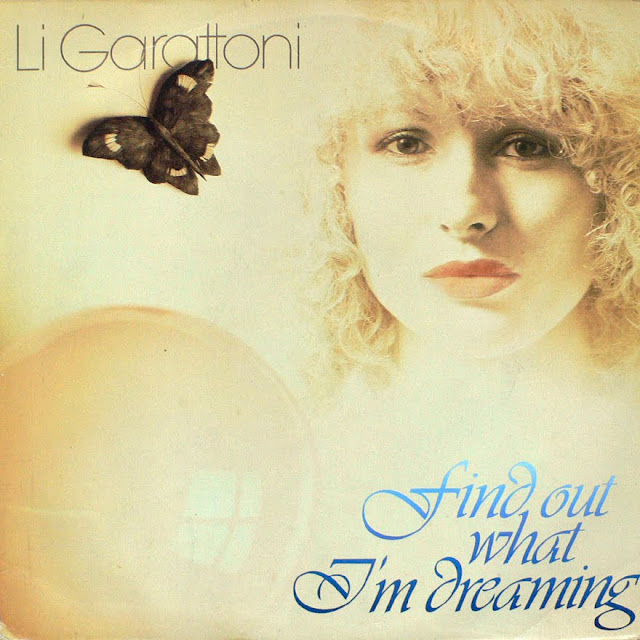
Yasuaki Shimizu – Kakashi, 1982

Joël Fajerman – L’aventure Des Plantes, 1982

Karma Moffett – Sitting Still Within / Sitting Still Without, 1982
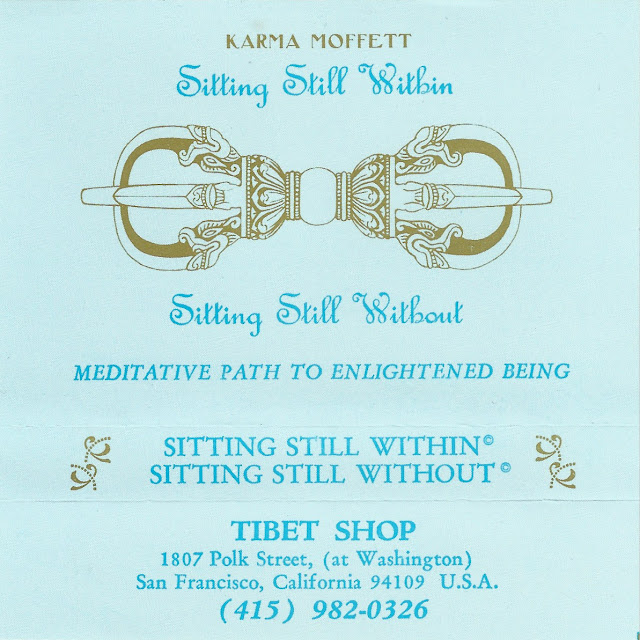
The sounds, frequencies and overtones on this tape lend themselves to a stillness of mind and chakra activation/harmonization. Just listen and you will see/feel.
[RIP] Charanjit Singh – Synthesizing: Ten Ragas to a Disco Beat, 1982

There was lots of disco music in films back in 1982, so I thought, why not do something different using disco music only. I got an idea to play all the Indian ragas and give the beat a disco beat–and turn off the tabla. And I did it! And it turned out good.
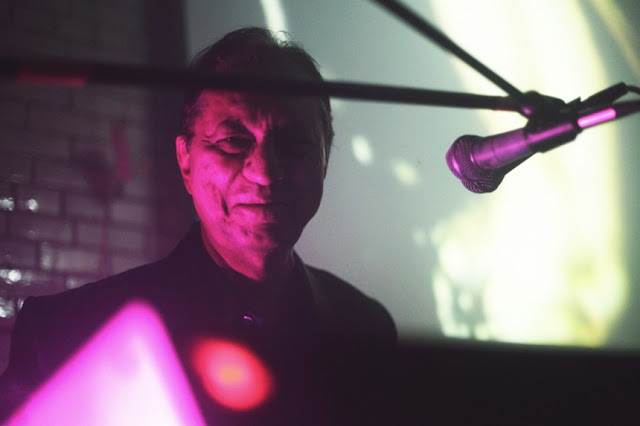

Testpattern – Après-Midi, 1982
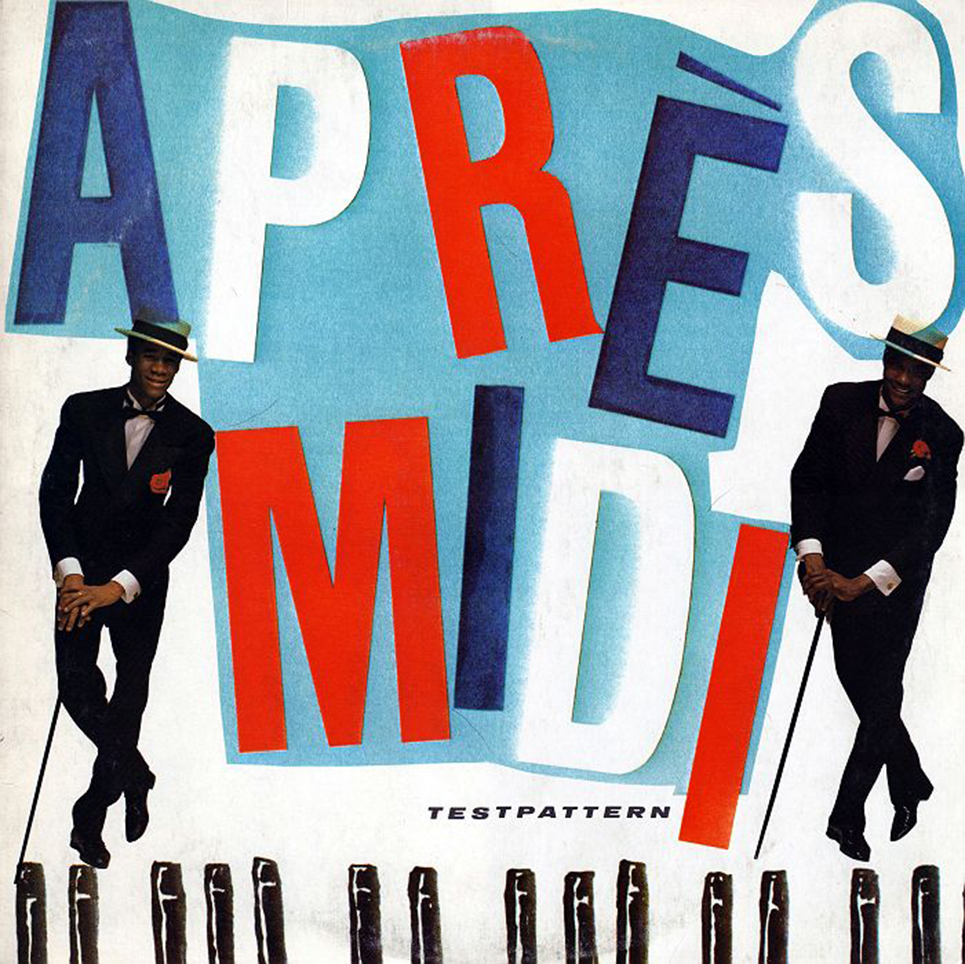
Antena – Camino del Sol, 1982

Solid Space – Space Museum, 1982
